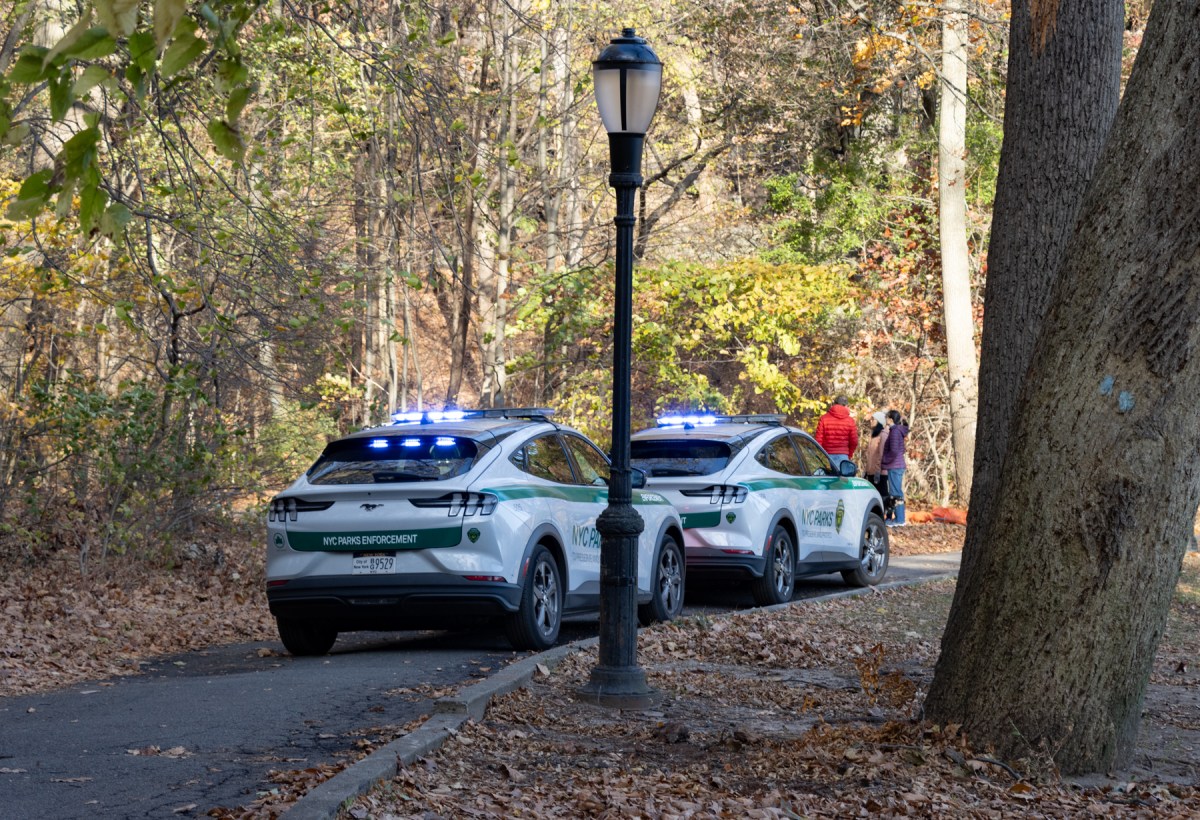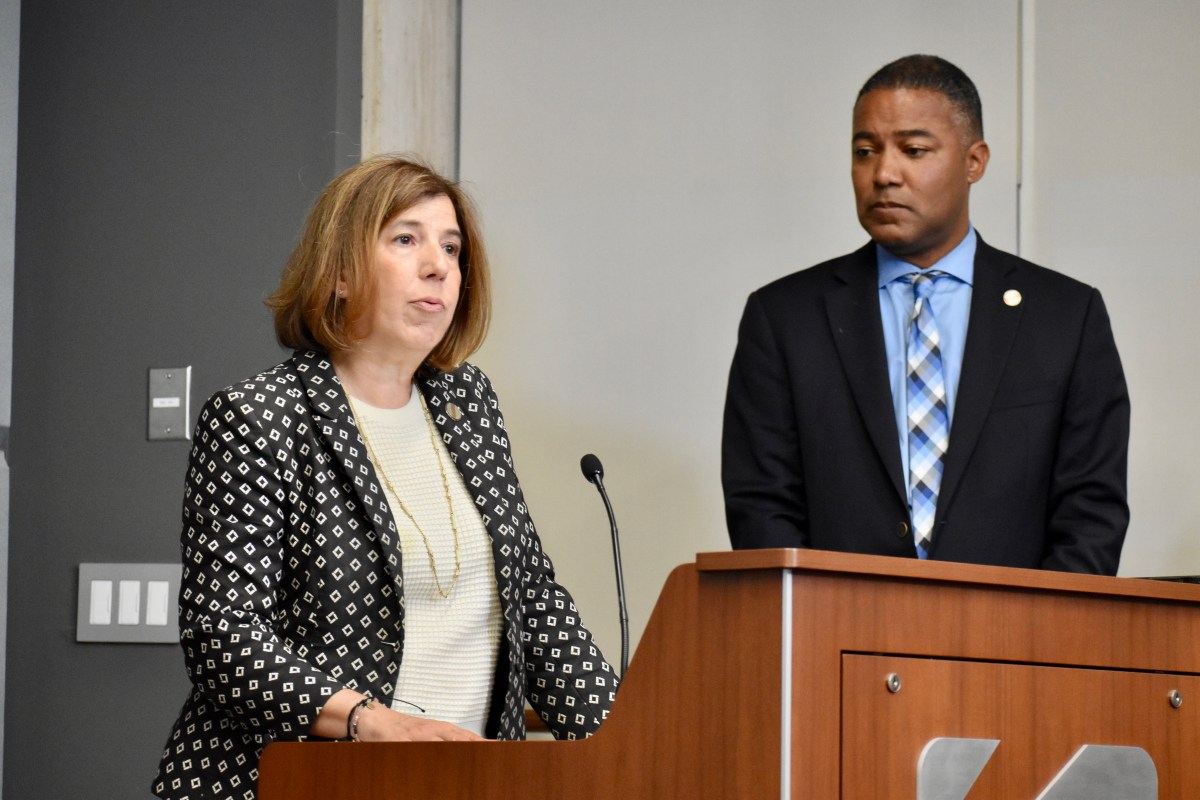ROME (AP) — The floods that sent rivers of mud tearing through towns in Italy’s northeast are another drenching dose of climate change’s all-or-nothing weather extremes, something that has been happening around the globe, scientists say.
The coastal region of Emilia-Romagna was twice struck, first by heavy rain two weeks ago on drought-parched ground that could not absorb it, overflowing riverbanks overnight, followed by this week’s deluge that killed 13 and caused billions in damages.
In a changing climate, more rain is coming, but it’s falling on fewer days in less useful and more dangerous downpours.
The hard-hit Emilia-Romagna region was particularly vulnerable. Its location between the Apennine mountains and the Adriatic Sea trapped the weather system this week that dumped half the average annual amount of rain in 36 hours.
Antonello Pasini, a climate scientist at Italy’s National Research Council, said a trend has been establishing itself: “An increase in rainfall overall per year, for example, but a decrease in the number of rainy days and an increase in the intensity of the rain in those few days when it rains,” he said.
Italy’s north has been parched by two years of drought, thanks to less-than-average snowfall during the winter months. Melting snow from the Alps, Dolomites and Apennines normally provides the steady runoff through spring and summer that fills Italy’s lakes, irrigates the agricultural heartland and keeps the Po and other key rivers and tributaries flowing.
Without that normal snowfall in the mountains, plains have gone dry and riverbeds, lakes and reservoirs have receded. They cannot recover even when it rains because the ground is essentially “impermeable” and the rain just washes over the topsoil and out to the sea, Pasini said.
“So the drought is not necessarily compensated for by these extreme rains,” he said, “Because in northern Italy, the drought depends more on snow being stored in the Alps than on rain. And in the last two years, we have had very little snow.”
Civil Protection Minister Nello Musumeci said the new normal of extreme weather events in the Mediterranean requires Italians to adapt and Italy to rethink its flood protections nationwide. He cited a fierce storm-triggered landslide last fall on the southern island of Ischia, off Naples, that left 12 dead.
“We can’t just pretend that nothing is happening,” he said Thursday. “Everything must change: the programming in hydraulic infrastructures must change, the engineering approach must change.”
He said those changes are necessary to prevent the types of floods that have left entire towns swamped with mud after two dozen rivers burst their banks.
The key going forward is prevention, he said, acknowledging that’s not an easy sell due to costs.
“We are not a nation inclined to prevention. We like to rebuild more than to prevent,” he told Sky TG24.
Italy is far from alone in lurching from dry to deluge. California and the United States West sloshed its way from a record-setting megadrought to at least a dozen atmospheric rivers dousing the state with so much rain that a long-dormant lake reappeared.
Scientists say flash floods of the kind seen in Germany and Belgium two years ago, which killed more than 220 people and caused billions of euros in damage, will become more likely as the planet warms.
“The rainiest events seem to be in many places getting rainier,” Princeton University climate scientist Gabe Vecchi said Thursday.
In 2021, the United Nations’ Intergovernmental Panel on Climate Change scientific panel said it was “established fact” that humans’ greenhouse gas emissions had made for more frequent and intense weather extremes. The panel called heat waves the most obvious, but said heavy precipitation events had also likely increased over most of the world.
The U.N. report said “there is robust evidence” that record rainfall and one-in-five, one-in-ten and one-in-twenty year type rainfall “became more common since the 1950s.”
Borenstein contributed from Kensington, Maryland.
Associated Press climate and environmental coverage receives support from several private foundations. See more about AP’s climate initiative here. The AP is solely responsible for all content.






















